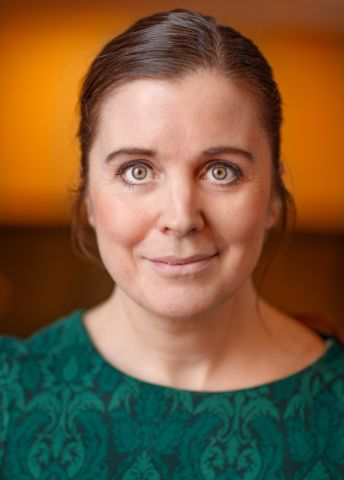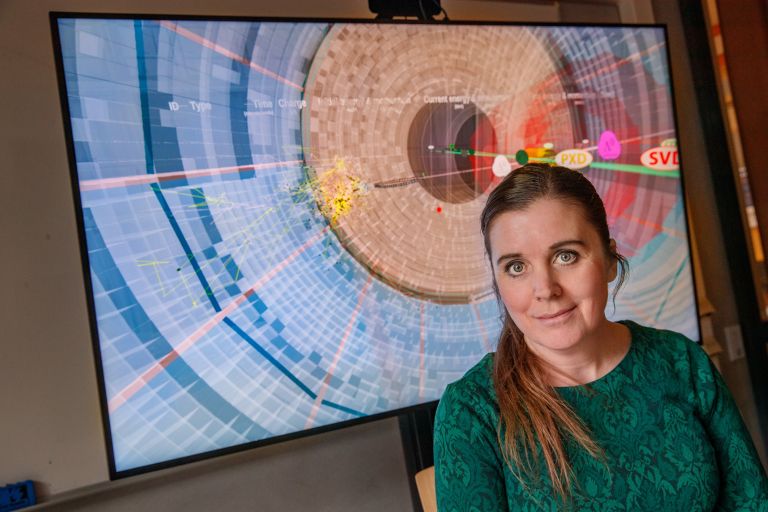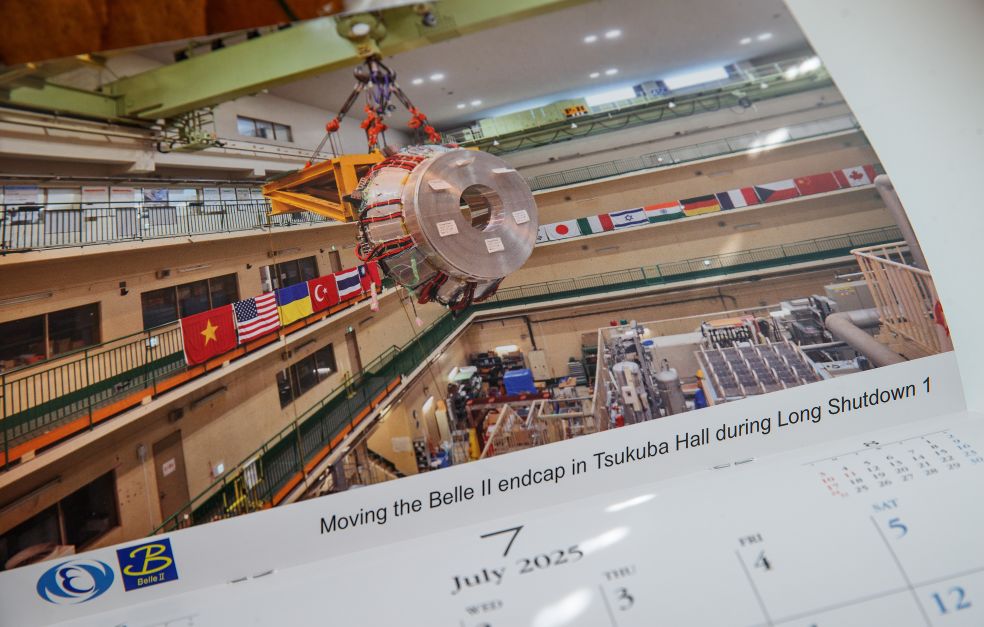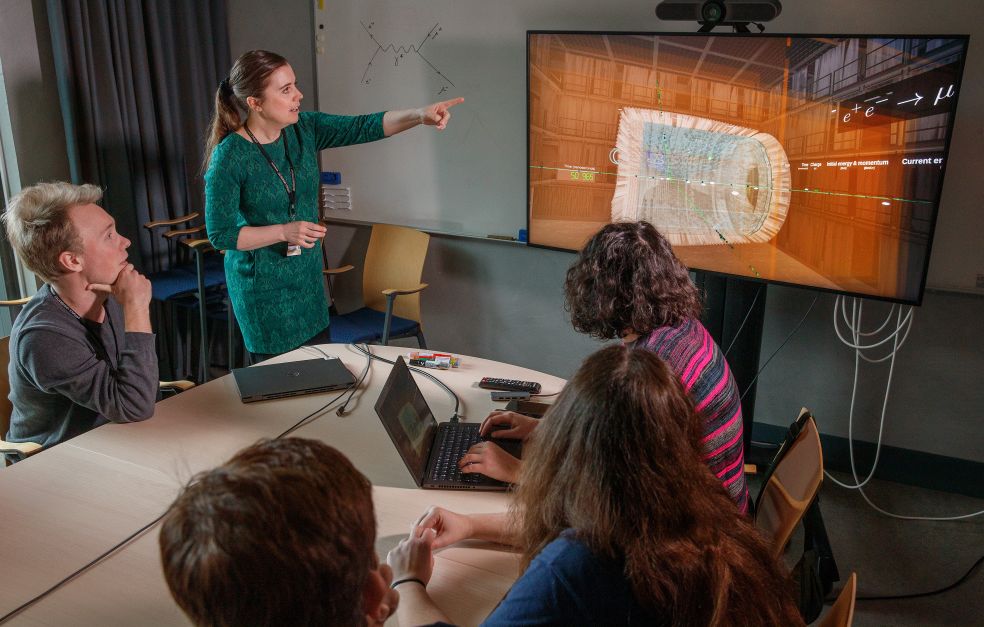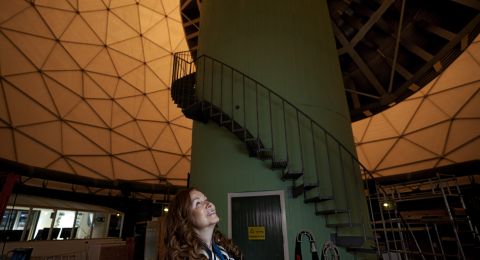The question of why matter exists in the universe – but almost no antimatter – continues to puzzle nuclear physicists worldwide. Karin Schönning is studying the decay of hadrons in dramatic experiments, hoping to get closer to solving the mystery.
Karin Schönning
Professor of physics
Wallenberg Scholar
Institution:
Uppsala University
Research field:
Nuclear physics specializing in hadron physics and theoretical studies on the disappearance of antimatter in the universe
When the Big Bang occurred, marking the birth of the universe about 14 billion years ago, scientists believe equal amounts of matter and its counterpart – antimatter – should have been created. For every particle, there should have been an antiparticle – the two annihilating each other when they collide.
Yet the visible universe of today is composed almost entirely of matter: twinkling stars, galaxies, and galaxy clusters. So where has the antimatter gone – and how did this happen?
“There is nothing to suggest that significant amounts of antimatter remain in the universe,” says Schönning, professor of nuclear physics at the Ångström Laboratory at Uppsala University and a Wallenberg Scholar.
“Hypothetically, there could be stars made of antimatter, and from a distance they would look just like normal stars composed of matter. But sooner or later those stars ought to come into contact with stars made of matter, the two wiping each other out in an explosion producing measurable light in the form of photons. But we see no traces of such large quantities of photons or light in space,” she explains.
Hadrons
Nuclear physicists around the world have long sought answers to the question of why antimatter disappeared. Schönning is using hadron physics to uncover new clues.
We are constantly producing new things we want to try out to see if they work. But most of the things we do relates to our desire to understand the processes that occurred at the Big Bang.
Hadrons are a collective term for nuclear particles made up of quarks. Well-known examples of hadrons include protons and neutrons, both composed of three quarks and called baryons, but there are also fairly common but short-lived mesons made up of a quark and an antiquark. Quarks are, to our best knowledge, some of the most fundamental building blocks in physics.
Schönning and her research team are mapping the properties of hadrons, such as their size, magnetic properties and decay patterns, with the aim of understanding the forces that shaped the visible universe.
Since 2022, part of this work has been conducted in Japan, where they are performing advanced experiments using the Belle II detector at a facility called SuperKEKB in the city of Tsukuba. SuperKEKB is a sophisticated accelerator in which electrons and antielectrons – also called positrons – are collided at extremely high speeds using new technology.
“Electrons and positrons are accelerated to close to the speed of light so they collide, producing pure energy. This energy is then transformed into particles. The most likely particles to form depend on the ‘collision energy,’” says Schönning.
One result is the formation of a sizeable number of baryons: subatomic particles composed of three quarks, including one charm quark. Schönning is now closely examining these relatively heavy charm quarks. Measurements of their radius and inner magnet or spin can provide new insights into the standard model of particle physics and offer clues about the origin and early development of the universe.
Many physicists now believe that the standard model may not provide the ultimate explanation for how matter is constructed. Moreover, not all aspects of the standard model itself are fully understood, particularly the strong force that acts between quarks and generates most of the hadron’s mass.
Since both particles and antiparticles are produced in the collision in equal amounts, Belle II is an ideal experiment for investigating the surplus of matter in the universe. The current leading theory assumes that processes in the universe exist or have existed that enrich matter at the expense of antimatter.
Sakharov’s second condition
A physicist who investigated this leading hypothesis early on was the Russian nuclear physicist Andrei Sakharov. In 1967, he proposed three conditions that must be met for matter to be dynamically enriched.
One of them – the “second condition” – states that processes should exist in which the balance or symmetry between matter and antimatter is violated – and that a particle and an antiparticle are not exact mirror images of each other.
Scientists now know that this symmetry can be broken, thanks in large part to Belle – Belle II’s predecessor.
The question is how large the breaches of symmetry need to be. Those observed so far are too small to meet Sakharov’s second criterion.
“My team is also examining the premise that particles and antiparticles do not behave entirely symmetrically in certain processes.”
Schönning is constantly striving to develop and leverage new ideas and methods to investigate decay patterns. The team’s participation in the Belle II program has only just begun and is still in a developmental phase.
“We are constantly coming up with new things we want to try out to see if they work. But everything we do relates to our desire to understand the processes that occurred at the Big Bang.”
Text Monica Kleja
Translation Maxwell Arding
Photo Magnus Bergström
